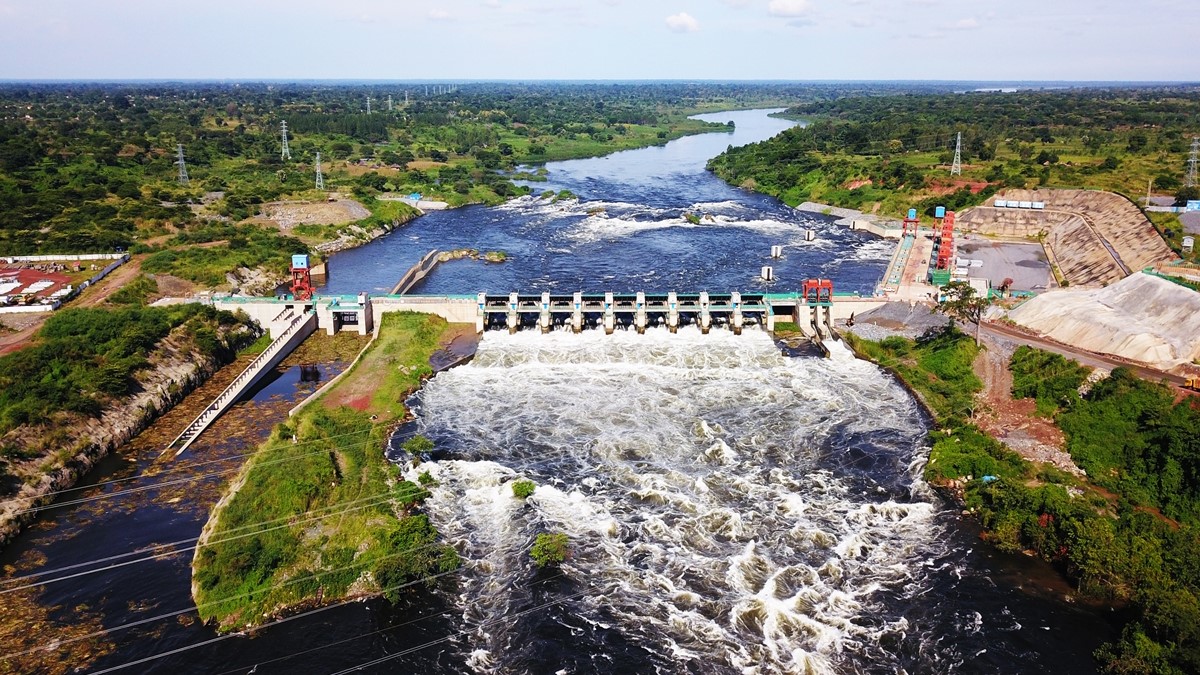Nonetheless, both documents are non-binding and may only have a patchy effect on investment behaviour. This highlights the importance of President Xi Jinping’s pre-COP26 pledge in October 2021 to eliminate overseas coal investments, which has since been mainstreamed across key government agencies.
President Xi’s announcement is not necessarily a climate panacea. According to the Centre for Research on Energy and Clean Air, between 19 to 37 gigawatts (GW) of the 50 GW coal project pipeline planned by China will proceed.[8] Evidence from Indonesia and Laos shows that Chinese firms remain involved in the building of new coal-fired plants, post COP26.[9]
In addition, the E (of ESG) is about much more than climate change and Chinese projects continue to be problematic on biodiversity grounds, despite exceptions such as the development of the world’s first “zero-deforestation” guidelines for the natural rubber industry.[10]





